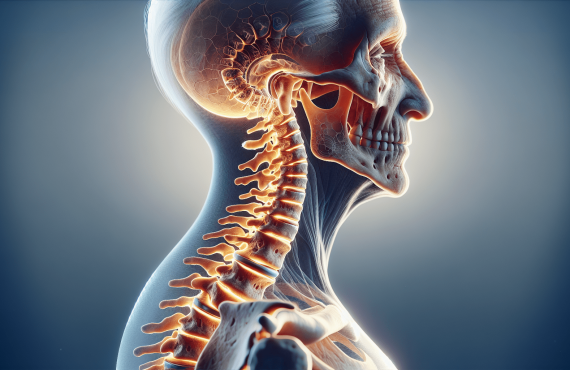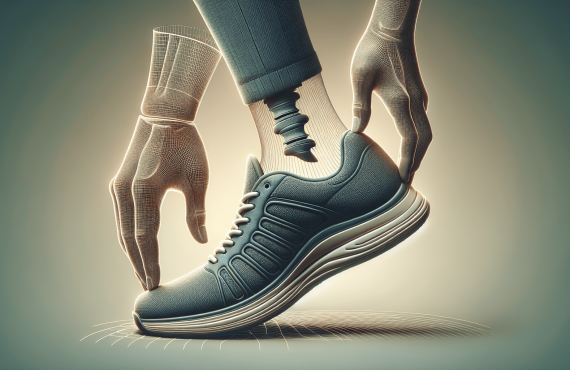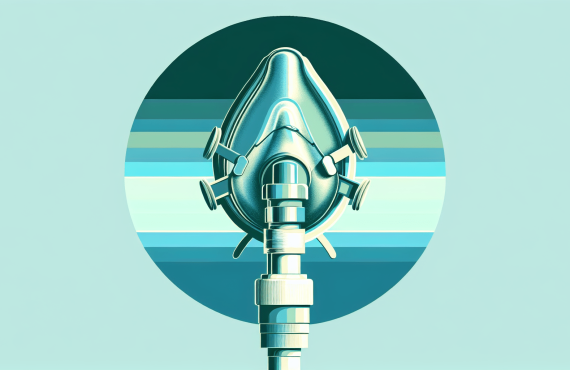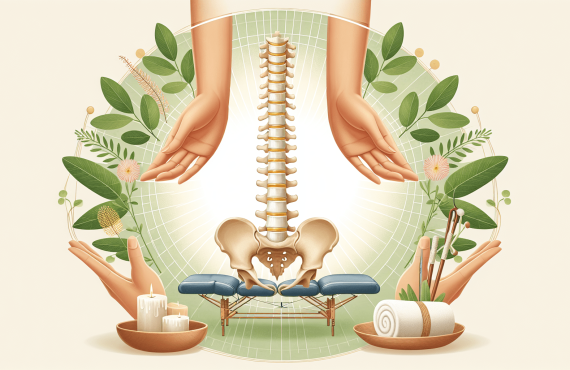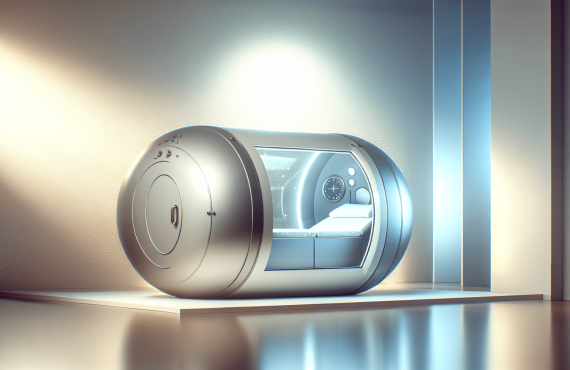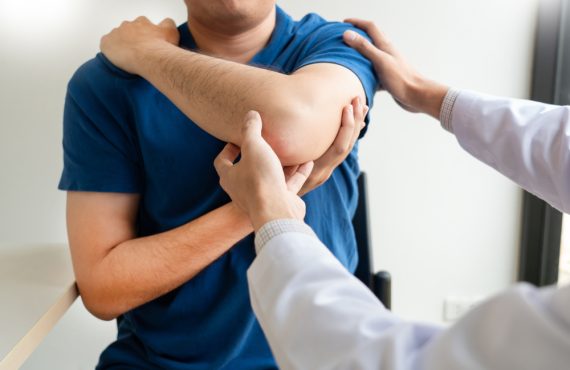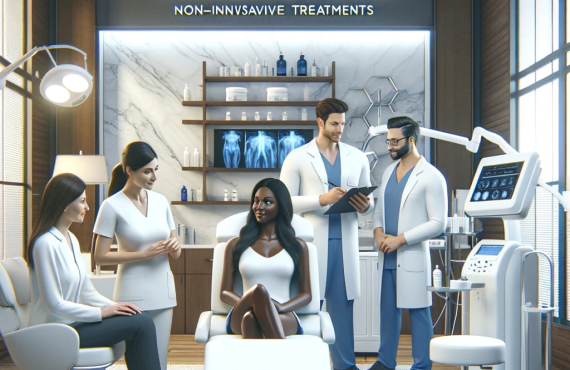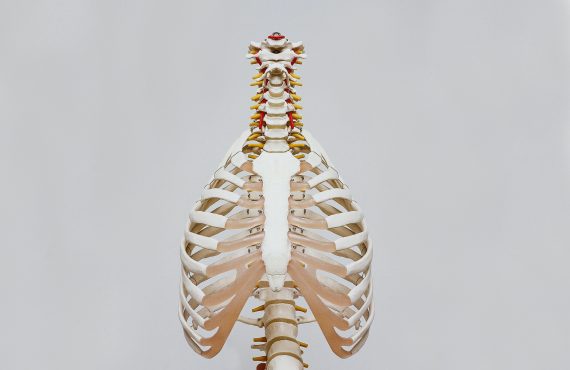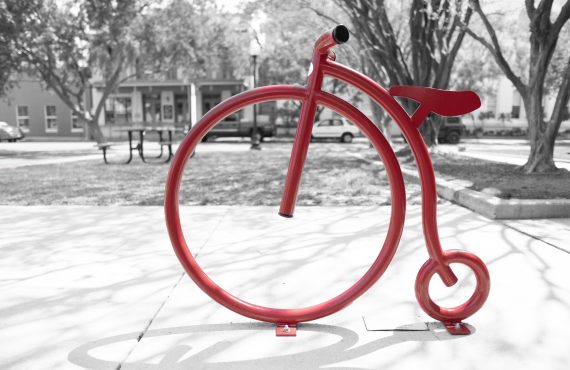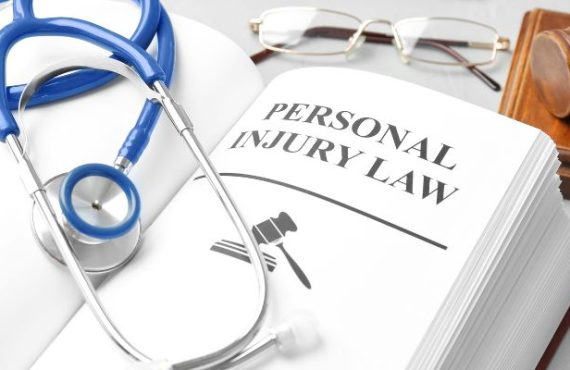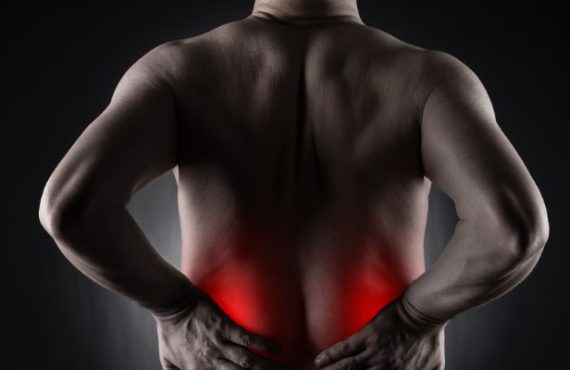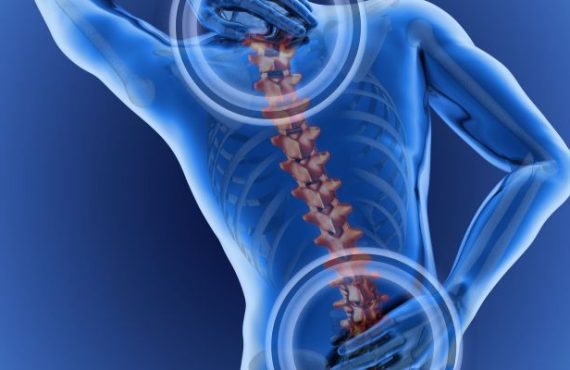Are you tired of living with constant back pain? Look no further! This article will guide you on your journey to finding effective back pain relief in Pensacola. Whether you’re struggling with acute or chronic back pain, we have all the information you need to help alleviate your discomfort. Discover the various treatment options available, from chiropractic care to physical therapy, and find the one that suits you best. Don’t let back pain hold you back any longer – read on and take the first step towards a pain-free life in Pensacola.

Table of Contents
Understanding Back Pain
back pain is a common condition that affects millions of people worldwide. It can range from a dull ache to sharp and debilitating pain, and it can greatly impact your daily life. Understanding the causes, types, and symptoms of back pain is crucial in finding effective relief.
Causes of Back Pain
Back pain can be caused by a variety of factors. It may result from muscle strains or sprains due to lifting heavy objects, poor posture, or sudden movements. Other common causes include herniated discs, spinal stenosis, arthritis, and osteoporosis. Sometimes, back pain can be a symptom of a more serious underlying condition, such as a tumor or infection. Identifying the cause of your back pain is essential to develop an appropriate treatment plan.
Types of Back Pain
There are different types of back pain, each with its own characteristics and causes. The most common types include lower back pain, upper back pain, and sciatica. Lower back pain is usually caused by muscle strain, muscle imbalances, or herniated discs. Upper back pain often results from poor posture or muscle strains. Sciatica refers to pain that radiates from the lower back down the leg and is typically caused by compression of the sciatic nerve.
Common Symptoms of Back Pain
Back pain can manifest in various ways, depending on the underlying cause. The most common symptoms include localized pain in the back, stiffness and decreased flexibility, muscle spasms, and difficulty in performing certain movements. You may also experience radiating pain, numbness, or tingling in the legs if the nerves are involved. It is important to pay attention to these symptoms and seek proper diagnosis and treatment.
Diagnosing Back Pain
To determine the cause of your back pain, healthcare professionals employ several diagnostic methods. These may include a physical examination, medical history assessment, and diagnostic tests.
Physical Examination
During a physical examination, your healthcare provider will evaluate your range of motion, posture, and palpate your back to identify tender areas or muscle spasms. They may also perform certain movements to assess the source and severity of your pain. This comprehensive examination helps the healthcare provider narrow down potential causes and determine the most appropriate treatment plan.
Medical History
Providing a detailed medical history is crucial in diagnosing back pain. Your healthcare provider will ask about your symptoms, previous injuries or surgeries, and any relevant medical conditions you may have. It is important to be honest and thorough in your responses to help your healthcare provider make an accurate diagnosis.
Diagnostic Tests
In some cases, your healthcare provider may order diagnostic tests to further assess your condition. These tests may include X-rays, magnetic resonance imaging (MRI), computed tomography (CT) scans, or nerve studies. These tests can provide detailed images of the structures in your back and help identify any abnormalities or injuries causing your pain.
Traditional Treatment Options
Traditional treatment options for back pain primarily aim to reduce pain and inflammation and improve physical function. They often include over-the-counter or prescription medications and physical therapy.
Over-the-Counter Medications
Over-the-counter medications like non-steroidal anti-inflammatory drugs (NSAIDs) can help reduce pain and inflammation. These include common medications such as ibuprofen or naproxen. However, it is important to follow the recommended dosage and consult with a healthcare professional before taking any medication, especially if you have existing medical conditions.
Prescription Medications
If over-the-counter medications are not sufficient, your healthcare provider may prescribe stronger pain relievers, muscle relaxants, or opioids to manage your back pain. These medications should be taken as directed and closely monitored by your healthcare professional to minimize potential side effects and risks.
Physical Therapy
Physical therapy is often recommended as part of a comprehensive treatment plan for back pain. A physical therapist can assess your condition and develop a personalized exercise program to strengthen the muscles supporting your back, improve flexibility, and alleviate pain. They may also include other therapeutic modalities such as heat or cold therapy, ultrasound, or electrical stimulation to aid in pain relief and promote healing.
Alternative Treatment Options
In addition to traditional treatments, alternative therapies can also provide relief for back pain. Some popular options include chiropractic care, acupuncture, and massage therapy.
Chiropractic Care
Chiropractic care focuses on the alignment of the spine and its impact on overall health. Chiropractors use manual adjustments or manipulations to realign the spine and improve its function. This can help relieve back pain by reducing pressure on nerves, improving circulation, and promoting healing.
Acupuncture
Acupuncture is an ancient Chinese practice that involves inserting thin needles into specific points on the body. It is believed to restore the flow of energy and promote healing. Acupuncture has been found to be effective in relieving back pain by stimulating the release of endorphins and reducing inflammation.
Massage Therapy
Massage therapy is a hands-on approach that involves manipulating the soft tissues of the body to promote relaxation, reduce muscle tension, and improve blood circulation. It can be beneficial in alleviating back pain by increasing flexibility, reducing muscle spasms, and enhancing overall well-being.
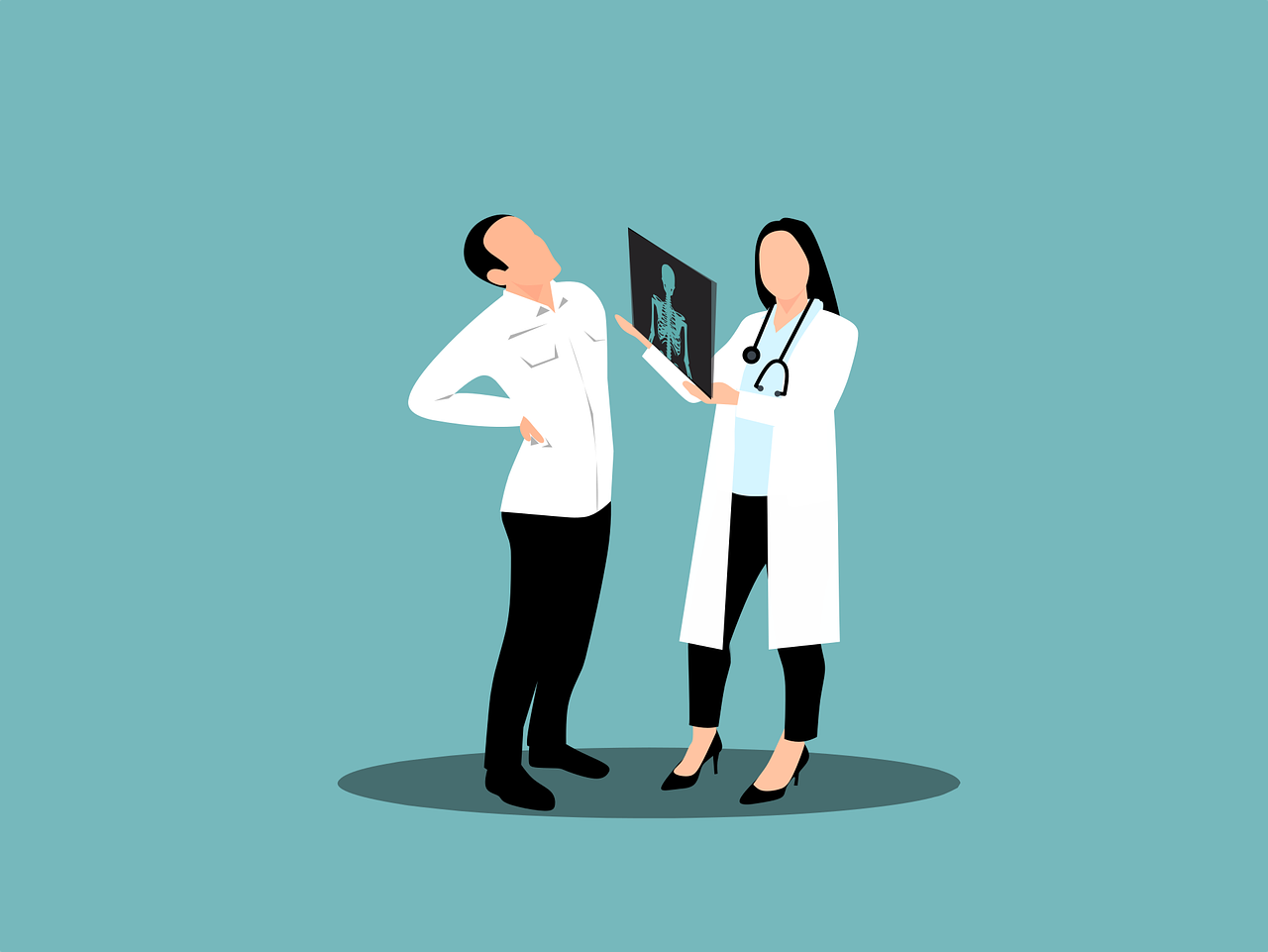
Specialized Back Pain Treatments
For more complex cases of back pain, specialized treatments may be necessary. These treatments typically involve interventional procedures, injections, or spinal decompression therapy.
Interventional Procedures
Interventional procedures, such as nerve blocks, can provide targeted pain relief by interrupting the transmission of pain signals. These procedures involve injecting medication directly into nerves or joints that are causing pain. They can provide temporary or long-term relief depending on the individual.
Injections
Injections, such as epidural steroid injections, can help reduce inflammation and pain in the back. They involve injecting corticosteroids directly into the affected area to alleviate swelling and provide relief. These injections are typically performed under guidance to ensure accurate placement.
Spinal Decompression Therapy
Spinal decompression therapy is a non-invasive treatment that aims to relieve pressure on the spinal discs and nerves. It involves using mechanical traction to gently stretch the spine and create negative pressure within the discs. This can help reduce herniation and increase the flow of oxygen and nutrients to the affected area, promoting healing and pain relief.
Lifestyle Changes for Back Pain Relief
In addition to medical treatments, making certain lifestyle changes can greatly contribute to back pain relief and prevention.
Exercise and Stretching
Engaging in regular exercise, including cardiovascular activities and strength training, can help improve muscle strength, flexibility, and overall physical function. It is important to choose exercises that are low-impact and focus on strengthening the muscles supporting your back. Additionally, incorporating stretching exercises into your routine can help improve flexibility and reduce the risk of muscle strains.
Proper Posture
Maintaining proper posture while sitting, standing, and lifting can greatly reduce stress on the spine and decrease the likelihood of back pain. Practice sitting with a straight back, using ergonomic chairs or lumbar supports, and avoiding slouching. When lifting heavy objects, remember to bend at the knees and use your leg muscles rather than straining your back.
Weight Management
Maintaining a healthy body weight is crucial for back pain prevention as excess weight puts additional stress on the spine. Incorporate a balanced diet and regular exercise into your routine to achieve and maintain a healthy weight. This can help reduce the risk of developing back pain and improve overall physical well-being.
Managing Back Pain at Work
Many individuals spend a significant amount of time at their workplace, which can contribute to back pain. Implementing certain strategies and utilizing ergonomic tools can help alleviate and prevent work-related back pain.
Ergonomic Workstations
Creating an ergonomic workstation is essential for maintaining proper posture and reducing the risk of back pain. This includes using an adjustable chair that provides lumbar support, positioning the computer monitor at eye level, and using a keyboard and mouse that are at a comfortable height and distance.
Frequent Breaks
Taking regular breaks throughout the workday can help relieve stress on the back and prevent muscle fatigue. Use these breaks to stretch, move around, and change positions. Simple exercises, such as standing up and gently stretching your back and neck, can provide relief and improve circulation.
Back Support Devices
Utilizing back support devices, such as lumbar rolls or cushions, can help maintain the natural curvature of the spine and provide additional support while sitting. These devices can be easily attached to chairs and car seats to promote proper posture and alleviate back pain.
Preventing Back Pain
Prevention is always better than cure when it comes to back pain. Incorporating certain strategies into your daily routine can significantly reduce the risk of developing back pain.
Maintaining a Healthy Body Weight
As mentioned earlier, excess weight puts additional stress on the spine and increases the likelihood of back pain. By maintaining a healthy body weight, you can reduce the strain on your back and decrease the risk of developing pain or complications.
Regular Exercise and Strength Training
Engaging in regular exercise and strength training not only helps promote overall physical health but also strengthens the muscles supporting your back. By keeping these muscles strong and flexible, you can reduce the risk of injury and prevent back pain.
Proper Lifting Techniques
Correct lifting techniques are crucial in preventing back injuries and subsequent pain. Always remember to bend at the knees and use your leg muscles to lift heavy objects, rather than straining your back. Additionally, avoid twisting your body while lifting and use proper lifting equipment or assistance if necessary.
Seeking Professional Help
If you are experiencing persistent or severe back pain, it is important to seek professional help. There are several factors to consider when choosing the right healthcare provider, and in some cases, getting a second opinion or navigating insurance coverage may be necessary.
Choosing the Right Healthcare Provider
When seeking professional help for your back pain, it is important to choose a healthcare provider who specializes in spine care or has experience in treating back pain. Consider factors such as their qualifications, experience, and patient reviews to make an informed decision. Additionally, consulting with your primary care physician can help guide you in finding the most suitable specialist for your needs.
Getting a Second Opinion
If you are unsure about your diagnosis or treatment plan, it is perfectly acceptable to seek a second opinion. Back pain can sometimes have complex causes or require specialized treatment, so it is important to explore different perspectives to ensure you receive the most appropriate care.
Navigating Insurance Coverage
Understanding your insurance coverage and benefits is crucial in managing the costs associated with back pain treatment. Contact your insurance provider to determine what services are covered, what documentation is required, and any out-of-pocket expenses you may incur. This can help you make informed decisions about your treatment options and prevent any unexpected financial burden.
Resources for Back Pain Relief in Pensacola
If you are located in Pensacola and seeking resources for back pain relief, there are several local hospitals, clinics, physical therapy centers, and chiropractic clinics that can provide the necessary care. Researching and exploring these resources can help you find the most suitable healthcare providers and treatment options for your specific needs.
In conclusion, understanding the causes, types, and symptoms of back pain is essential in finding effective relief. Whether through traditional treatment options, alternative therapies, specialized treatments, lifestyle changes, or seeking professional help, there are various approaches to managing and preventing back pain. By employing a comprehensive and personalized approach, you can improve your quality of life and find long-lasting relief from back pain.



